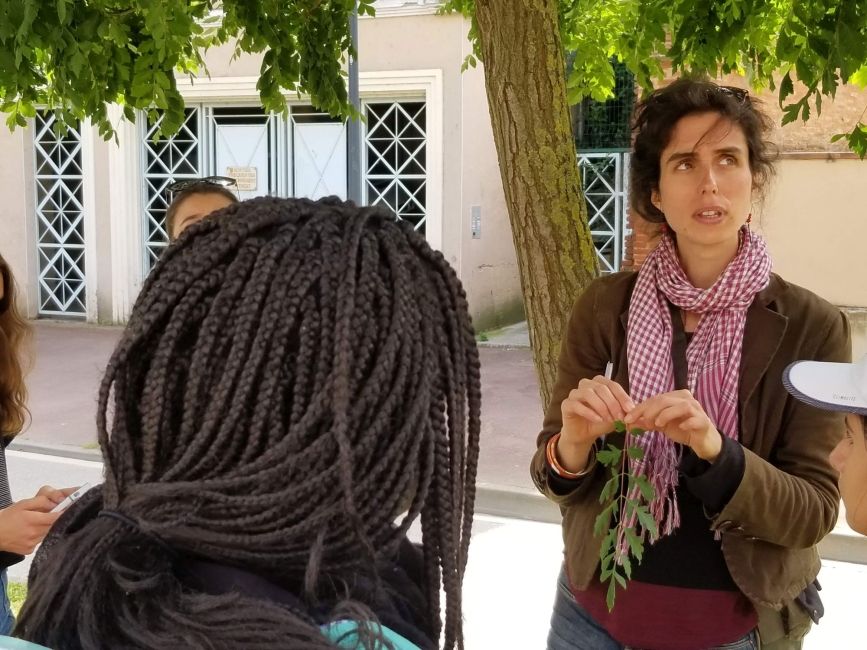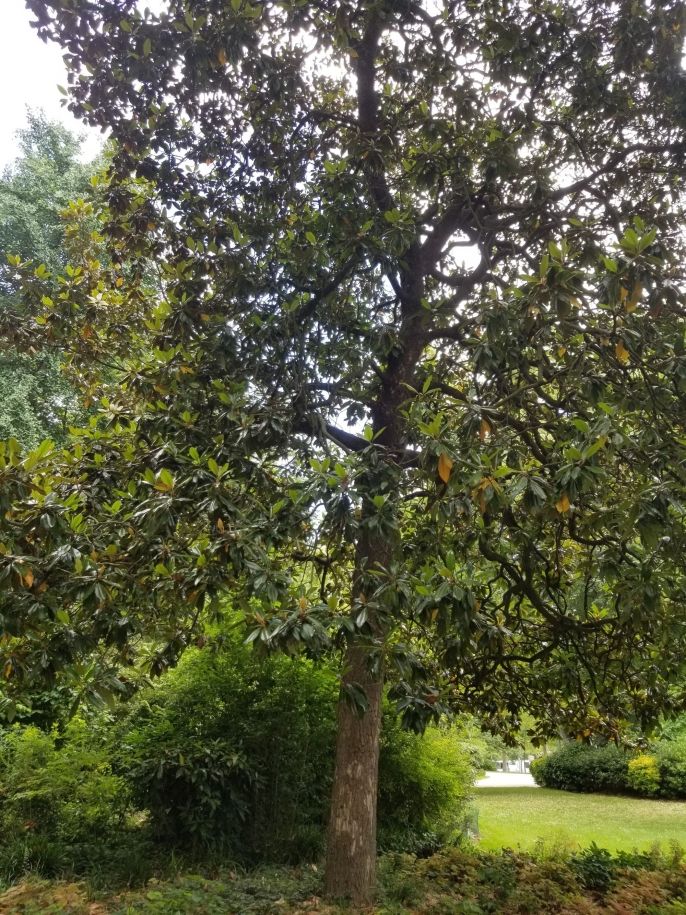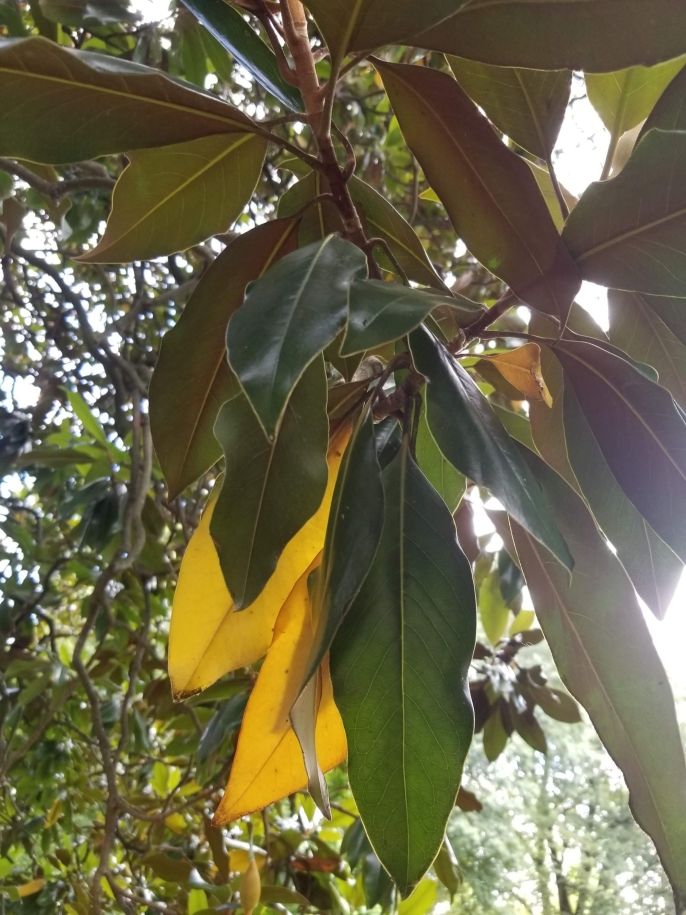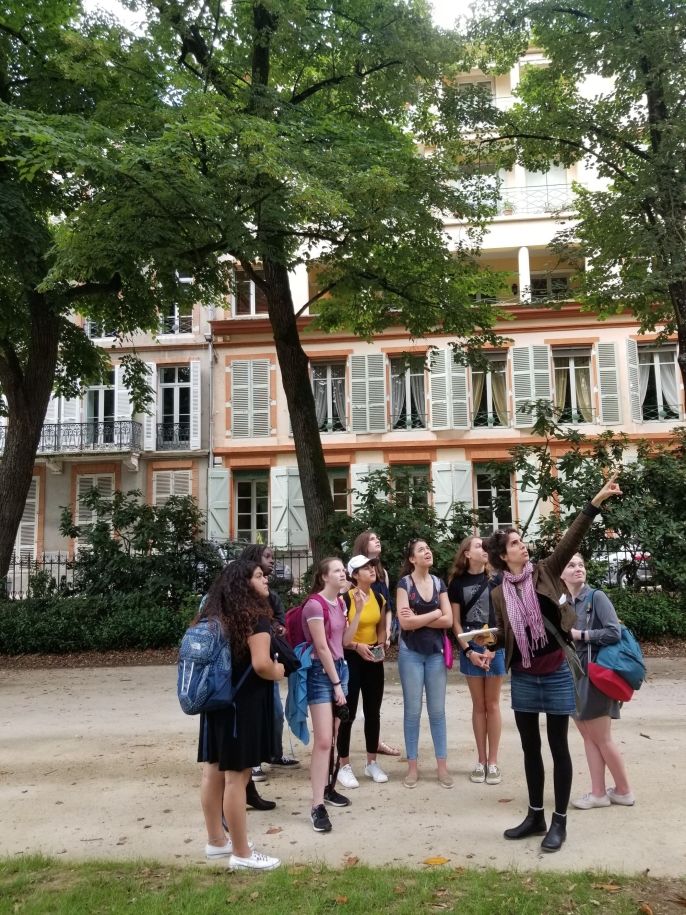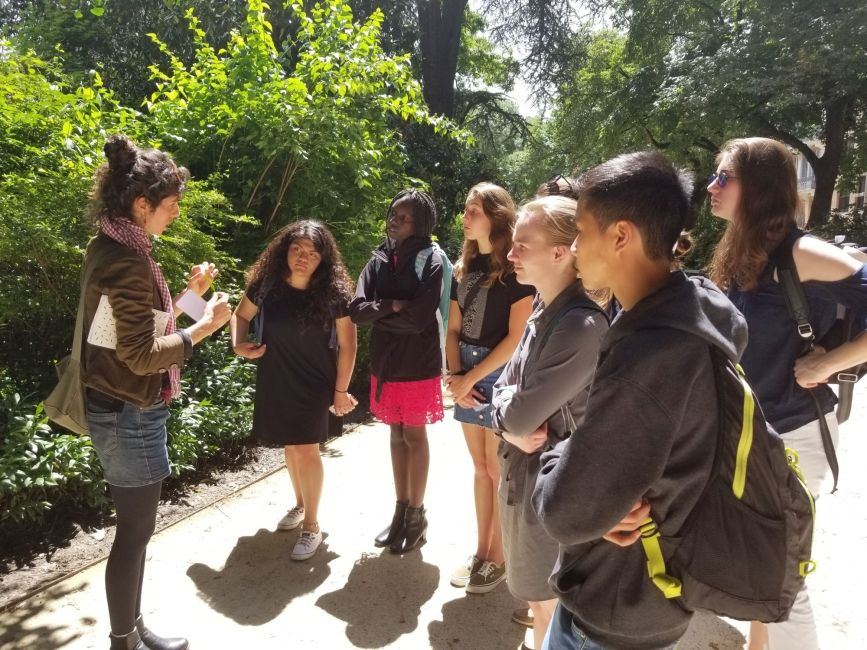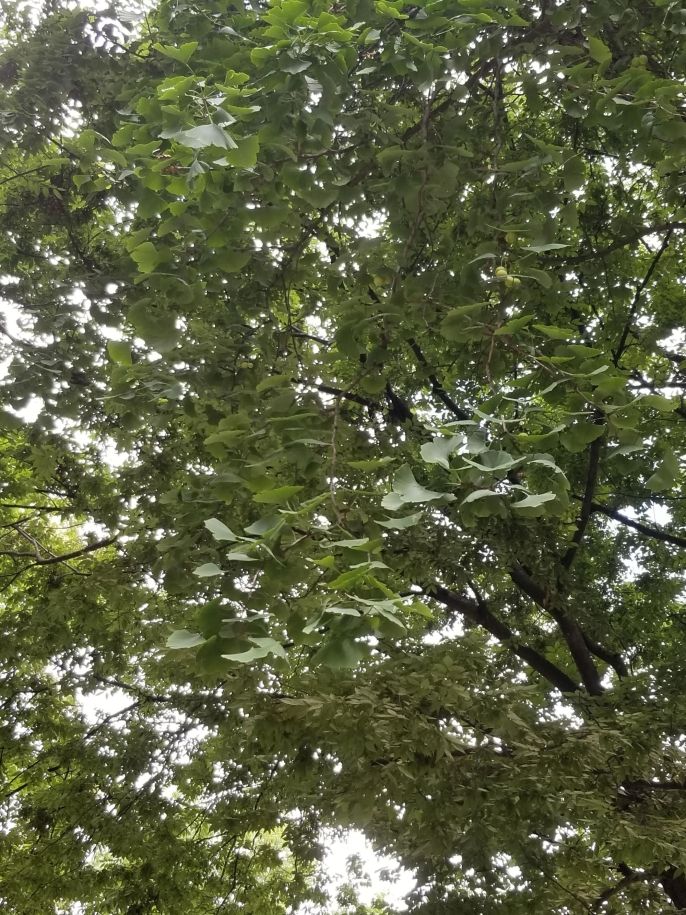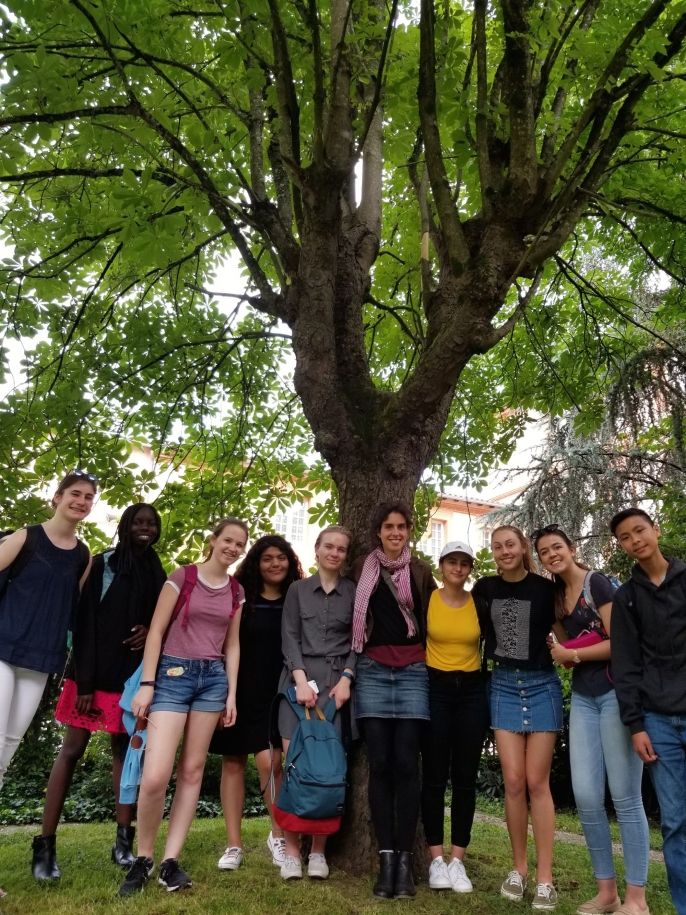Toulouse Tree Talk with Mathilde
Toulouse students (and I) were treated to a truly unique experience this Monday when Mathilde Baud led us on a Tree Tour of the city. Meet Mathilde.
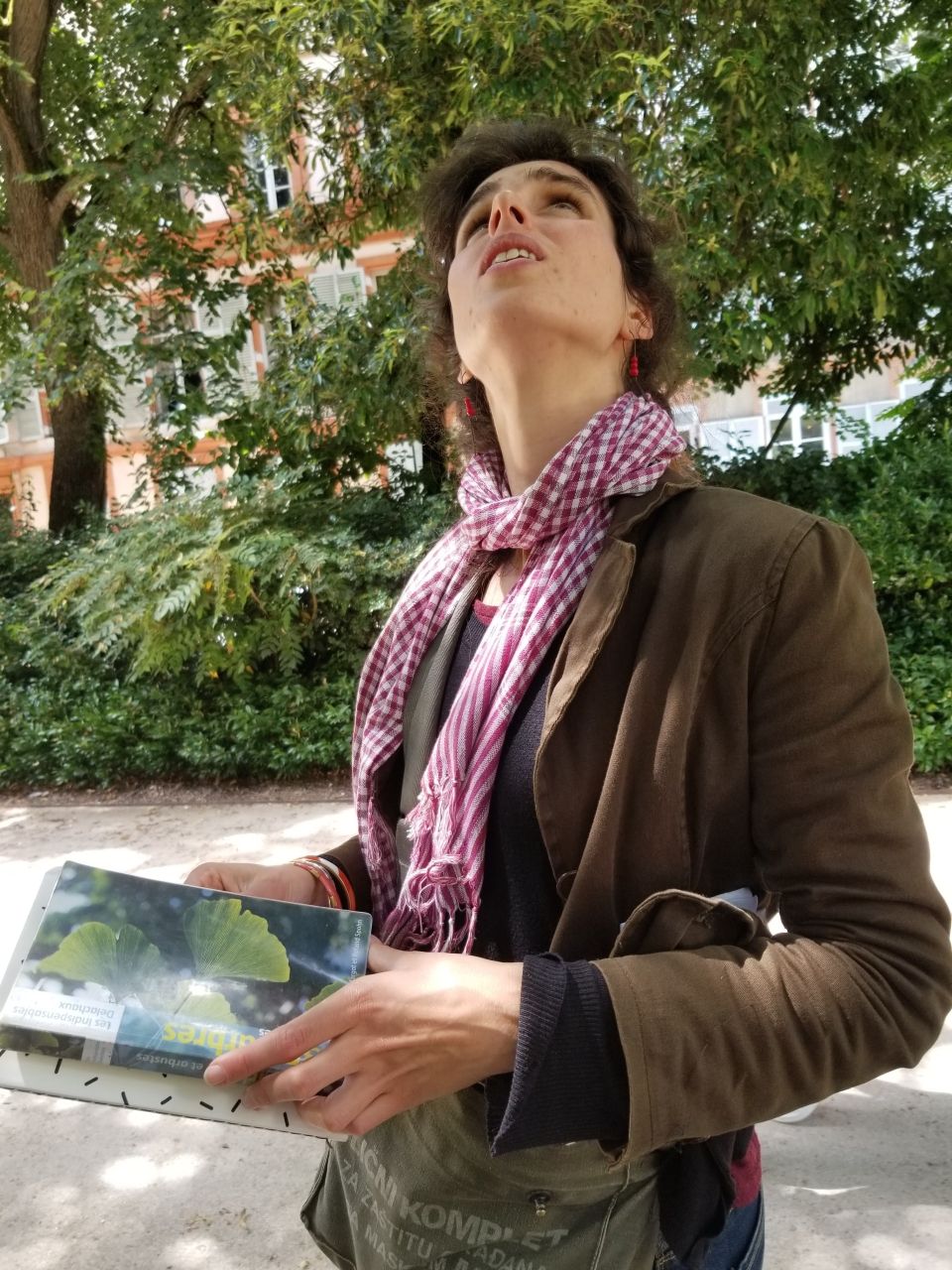
A native French speaker with extensive travel, teaching and management experience, she serves as CIEE Toulouse Program Coordinator and often leads afternoon activities and excursions.
Mathilde’s Tree Tour, which was offered for the first time this Monday, grew out of her personal interest in identifying trees. Over the past couple of years, Mathilde has been studying up by reading all about different tree species present in France and exploring different green spaces in Toulouse which host these natural treasures.
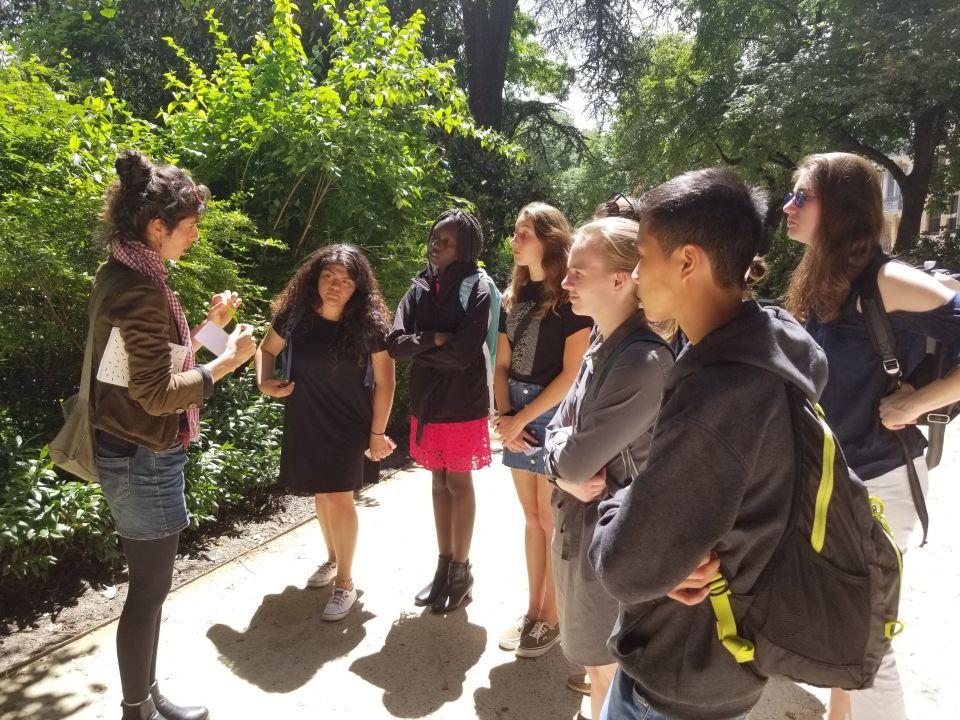
This unique Tree Talk started at the Jardin de Plantes and continued throughout a number of other green spaces in Toulouse.

We learned to identify different trees thanks to Mathilde drawing our attention to the different characteristics of the bark (l’écorce), the leaves (les feuilles) and special distinguishing features such as flowers (des fleurs) and fruit (des fruits) which would help us identify them.
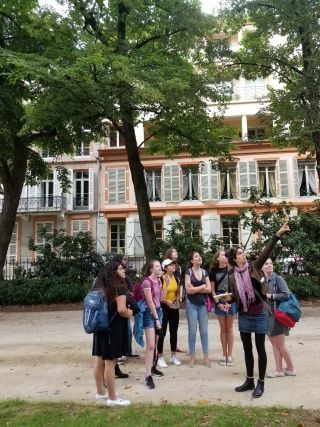
Did I mention this Tree Tour was led almost entirely in French? Not only did students get a chance to increase their appreciation of the beauty and richness of the natural world, but they also got a chance to increase their understanding of the French language and develop their academic and scientific vocabulary knowledge.
Moreover, Mathilde shared interesting Tree Trivia with students in order to help them retain the information about each tree successfully. First, we learned that the magnolia tree (le magnolia) was named after the botanist who discovered it, Monsieur Pierre Magnol, and a number of other trees have their discoverer as their namesake.
Next, we reached the gingko tree (le gingko), which I was very happy to learn about since Mathilde had given each person a card with an artistic drawing depicting different features of different trees. Upon arrival at each plant, our job was to guess whose card corresponded to each tree we studied so naturally I was quite excited that my card was that of the gingko tree.
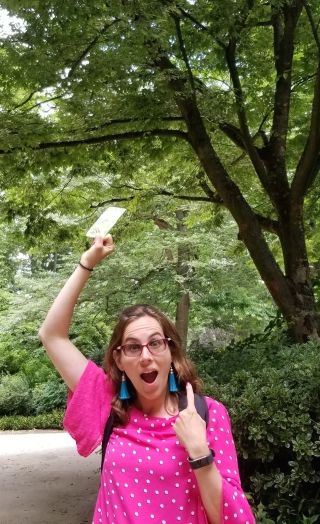
A symbol of infinity for the Japanese, given that this was one of the only trees left standing after the disaster at Hiroshima, this tree is also unique because its genetic code has remained constant, the earliest fossils of which date back 270 million years.
After such a legendary tree as the gingko, we became familiar with a much more common tree around Toulouse, the platanus tree (le platane, en français). One of the distinguishing features of this tree is its trunk, which resembles camouflage clothing.
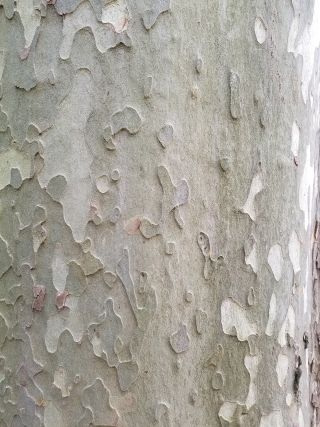
The kaleidoscope of colors on the trunk of the platanus is due to its constant regeneration. For the rest of the tour, we saw platanus trees everywhere! It was very easy to recognize them once the characteristics of the trunk became salient. We learned that these trees are often planted near each other because they can communicate with each other via their roots, thus allowing them to thrive and also warn each other about insect attacks. These connections can also be a double-edge sword, as the trees can also spread diseases to each other via their roots. Such is human nature, as the quality of the connections between us can spread love and tolerance as they can also spread negativity if we let them. Luckily, we have feet firmly planted to the ground here in Toulouse, spreading positive vibes via friendship, encouragement and support of each other.
After seeing this platanus tree in many neighborhoods, Mathilde walked us to other green spaces and even a secret garden, where we discovered a number of other trees...
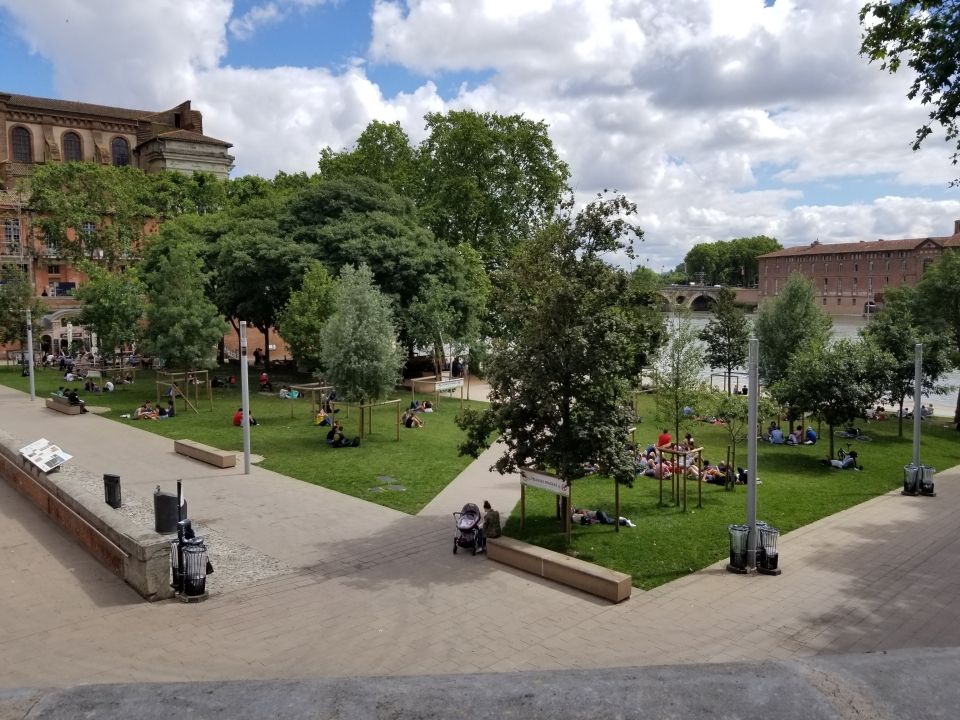
...the hackberry tree, the fig tree, the tilia tree, the soapberry tree (whose fruit seeds serve as the beads of many rosaries), the twisted willow, the yew tree (a very toxic conifer which used to be planted in cemeteries until the horses which transported the coffins for burial ceremonies started eating its soft needle leaves and dying), the sweet gum tree, the neem tree, and finally, the horse chestnut tree. At the end Mathilde’s Tree talk, we reviewed key vocabulary about trees and asked students to recall a few important details and share their comments on their newfound appreciation for the world of trees.
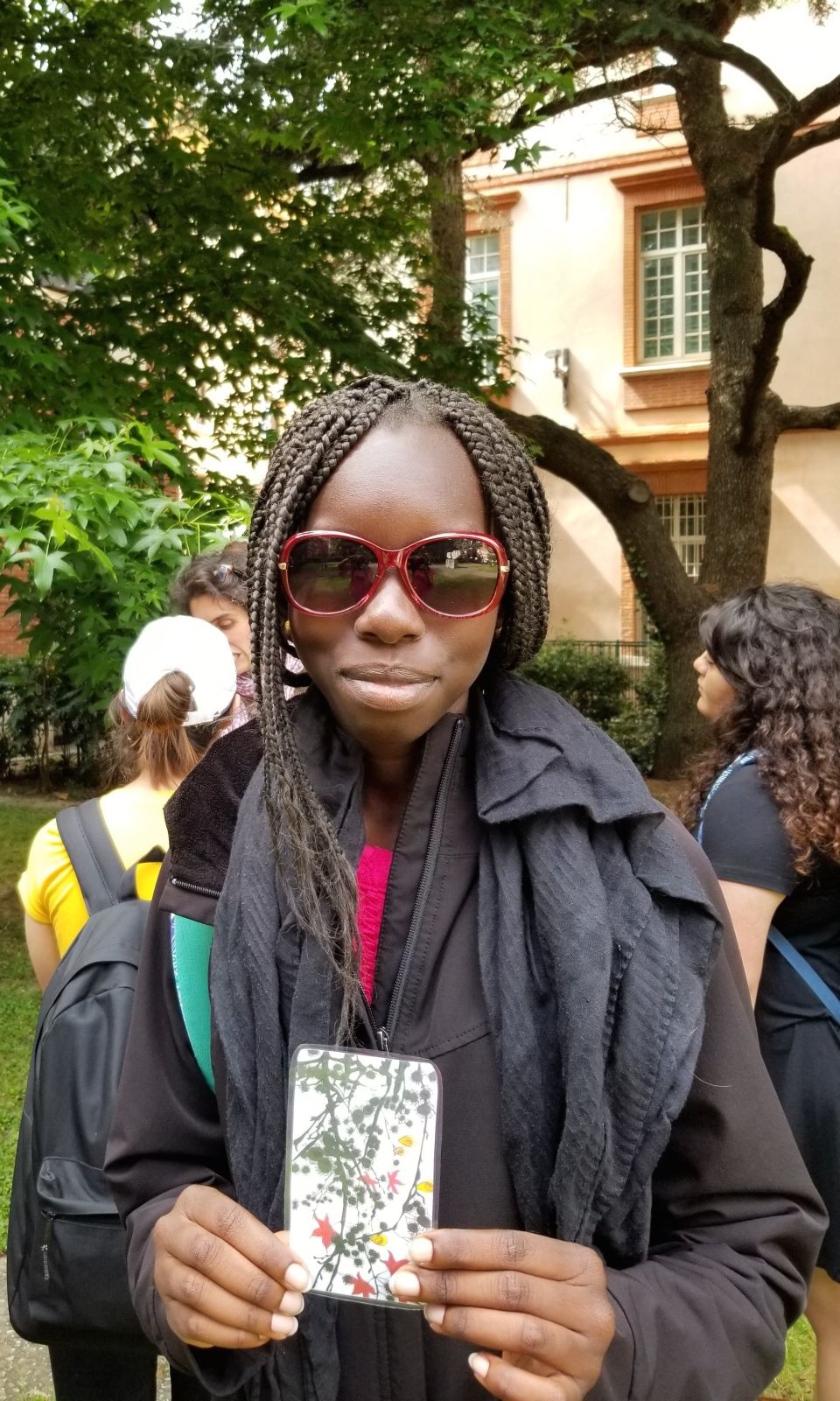
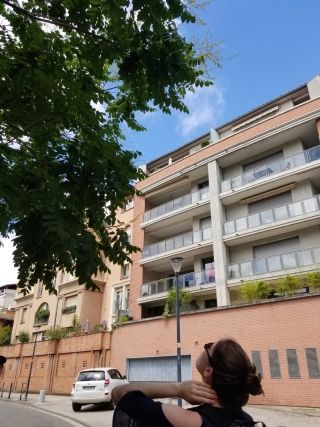
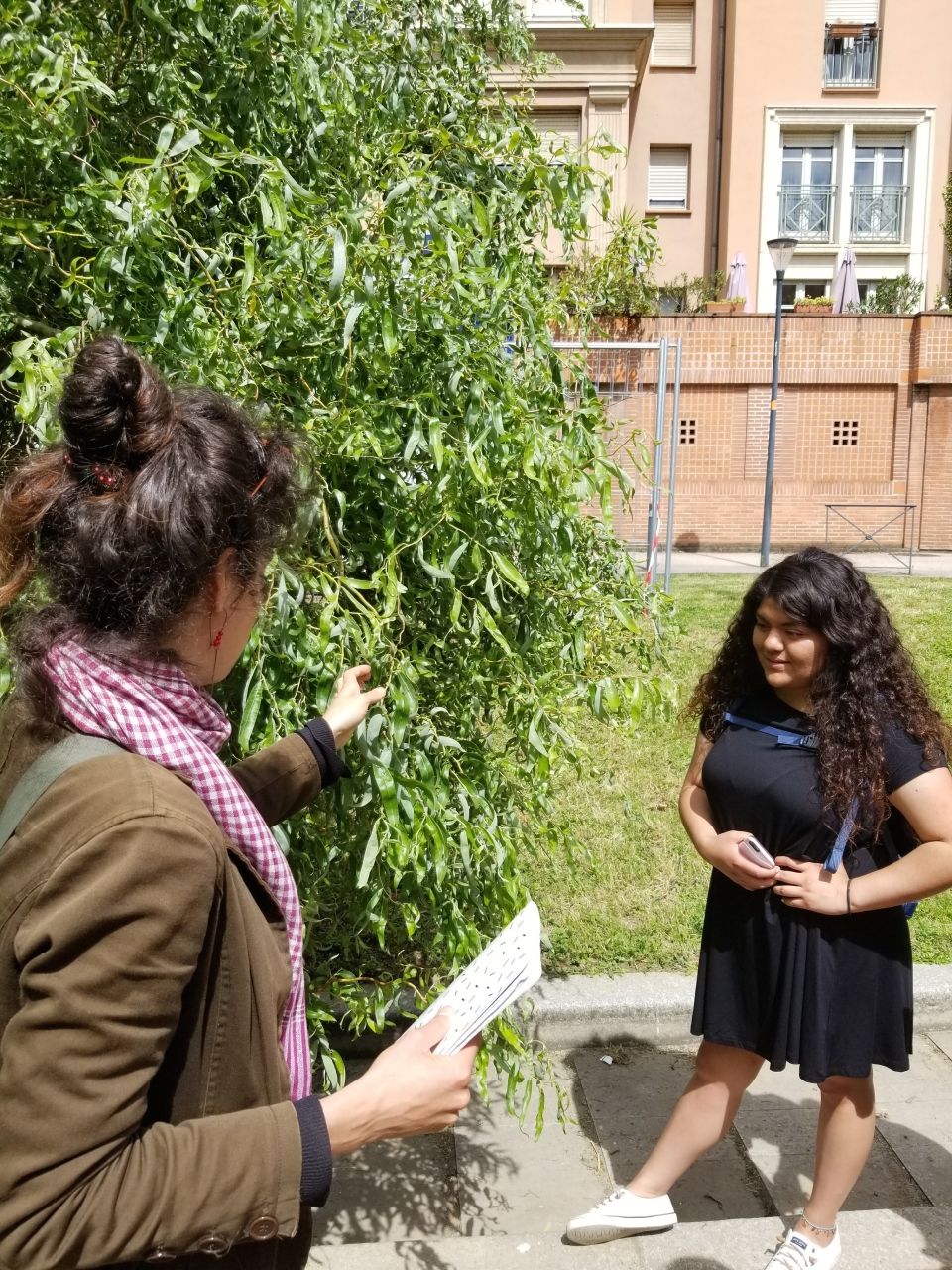
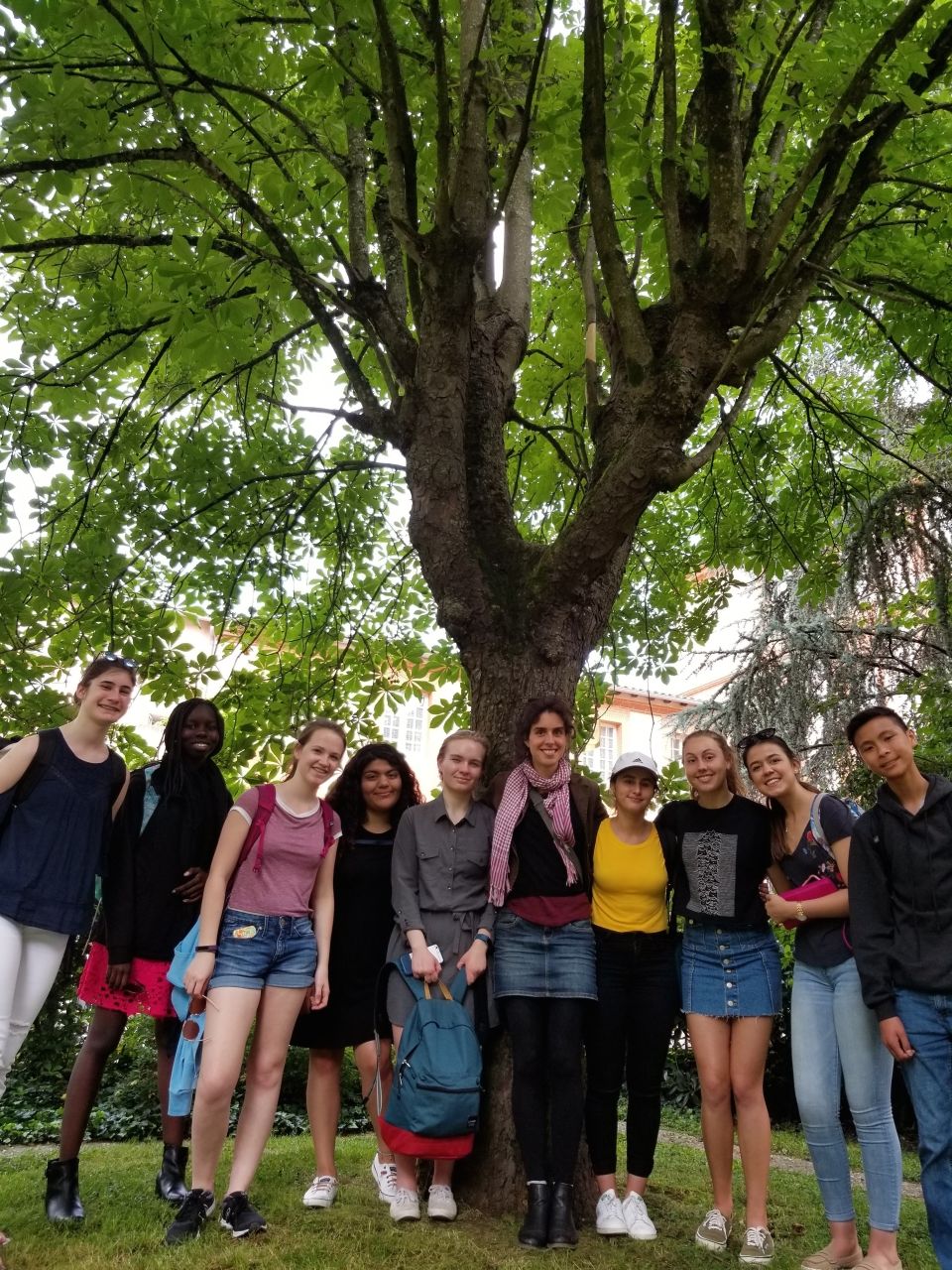
The quality of any program lies in the caliber of its people. Here in Toulouse, we are fortunate to have people such as Mathilde, who can eloquently share their personal passions and integrate them into students’ experiential learning.
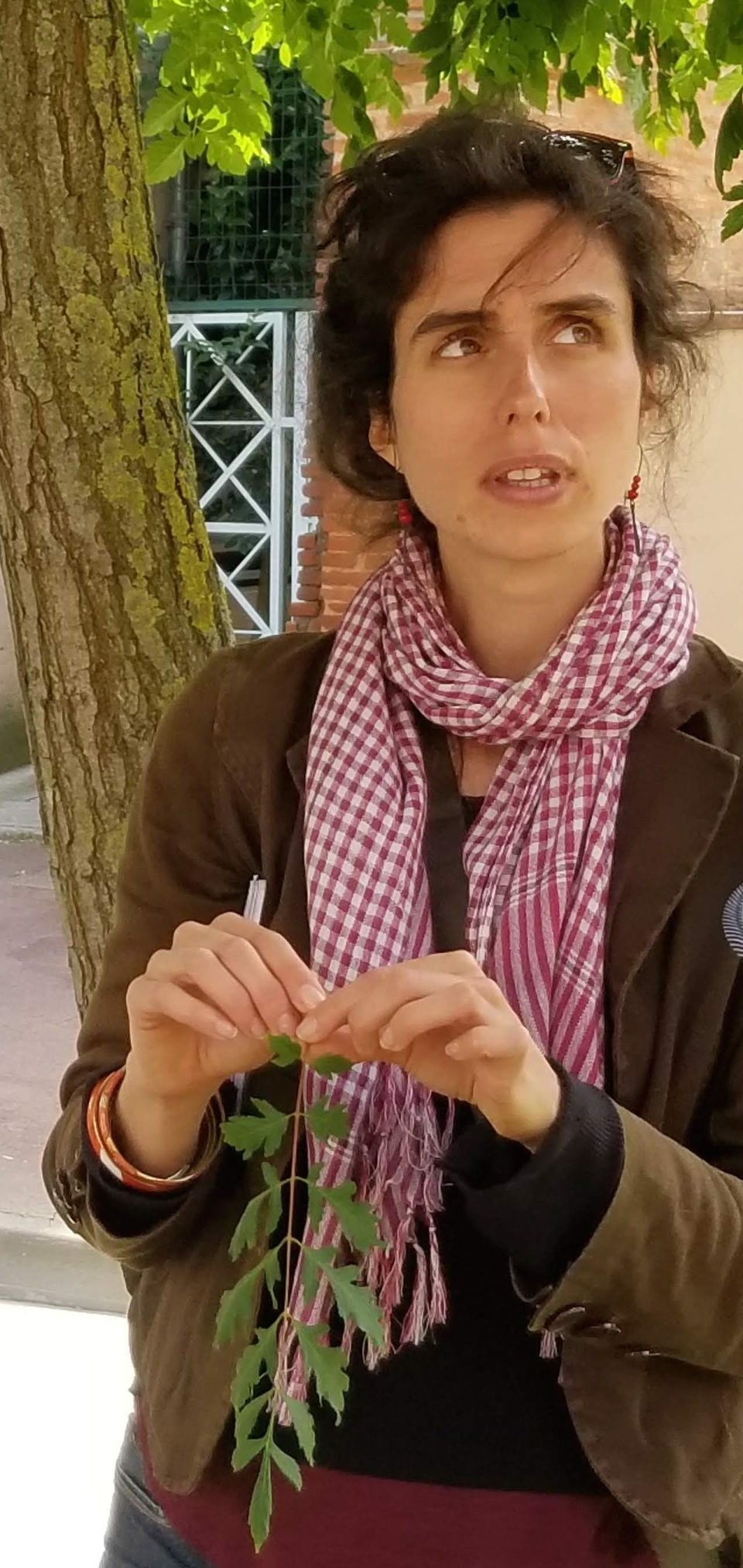
In short, thank you Mathilde for talking trees with us this Monday.
Related Posts
Pot de départ: À bientôt!
After four eventful weeks, our Global Navigators have "mixed feelings" about parting ways. It can be difficult to switch back to everyday life after such a transformational experience. As highlighted... keep reading
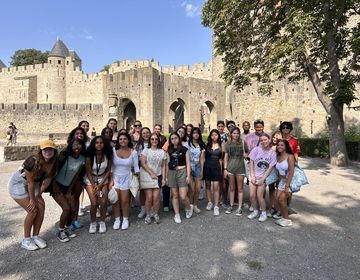
A visit to the past
This week, students spent time visiting the medieval fortified city of Carcassonne.
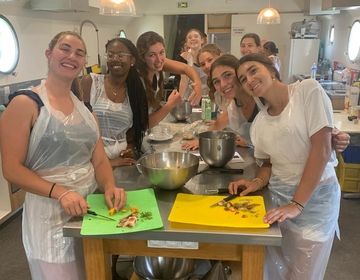
Atelier Pâtisserie!
Students braved high temperatures this week and got to brush up on their culinary skills during a pastry workshop! They worked in small groups to create a variety of French... keep reading
